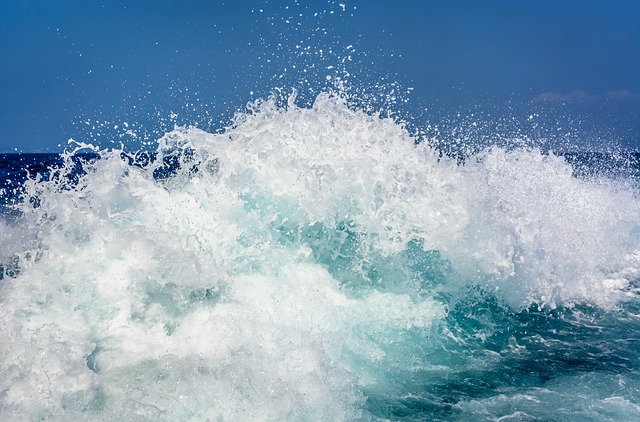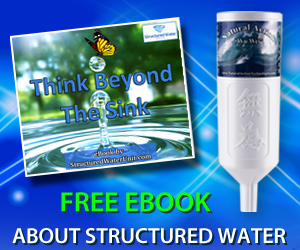Water Basics
- Details
- Category: Water Articles
 Water is the most common compound on the planet, covering over 70% of the Earths surface. It is also suspended in the atmosphere in the form of vapor. Without water, life could not exist here. Every organism depends on a regular supply of water, in the correct form, for survival. Water is the only common substance that exists naturally on the planet in all three states of matter; solid in the form of ice, liquid in the form of water, and gas, in the form of steam.
Water is the most common compound on the planet, covering over 70% of the Earths surface. It is also suspended in the atmosphere in the form of vapor. Without water, life could not exist here. Every organism depends on a regular supply of water, in the correct form, for survival. Water is the only common substance that exists naturally on the planet in all three states of matter; solid in the form of ice, liquid in the form of water, and gas, in the form of steam.
In its liquid state it is colorless, odorless, and tasteless. A great many substances are water-soluble, meaning they dissolve in water. This is one of the reasons it is such a vital substance for organic processes. It is also why it is sometimes referred to as the universal solvent. Because of these properties, 100% pure water does not exist in nature. It will always have traces of other substances in it, unless purified by an artificial process.
A water molecule is made up of one hydrogen atom bonded to two oxygen atoms. The chemical formula is H2O. The oxygen atoms have a negative charge, and the hydrogen atom has a positive charge. The resulting molecule is magnetically attractive to other molecules, including each other. This allows it to form many different structures. Water has the second highest specific heat capacity. This allows water to moderate the planets climate by acting as a buffer to large fluctuations in temperature.
A water molecule can form a maximum of 4 hydrogen bonds, which allows it to form many different structures, from snowflakes to glaciers. One of the most important is a 6-sided hexagonal liquid crystalline form known as structured water, or hexagonal water. This is when 6 water molecules form common hydrogen bonds. We have only now begun to understand that this is the form of water that all organisms are designed to use. It is small enough to penetrate the cell membranes easily. Water in any other form is converted by the body into this form, but this can tax the body's limited resources over time.
Nature creates structured water by running fresh water over mineral-rich soils and rocks, and exposure to various wavelengths of light. This allows the water to form the correct bonds, have trace minerals, be at the right pH, and have adequate oxygenation. Tap water, by comparison, is devoid of trace minerals, acidic, and the body has to process it to be able make use of it.
To learn more about Natural Action Structured Water Units, please visit our Store.

 Twitter
Twitter Facebook
Facebook RSS
RSS Call 928-202-9155
Call 928-202-9155
